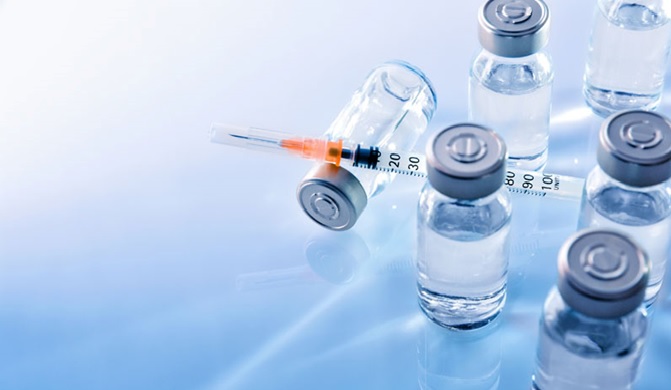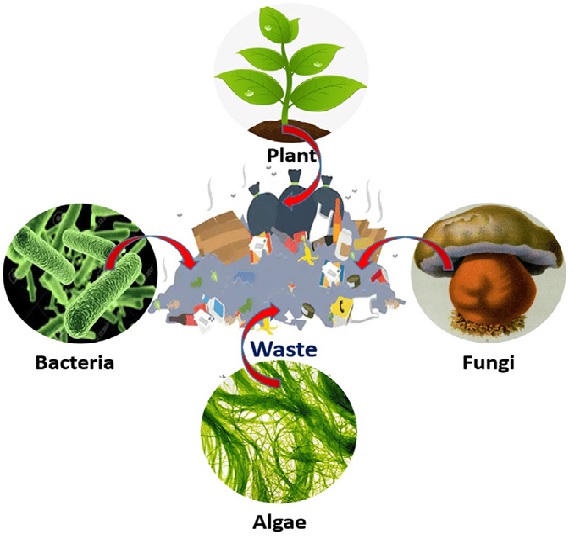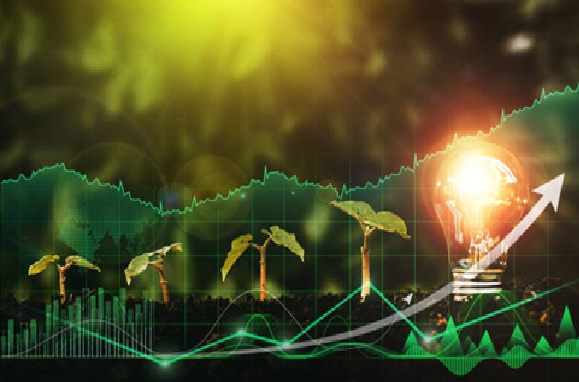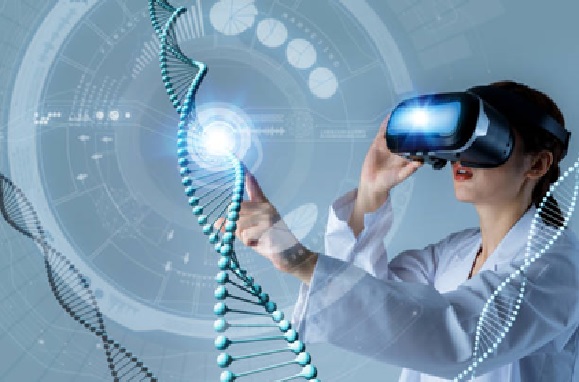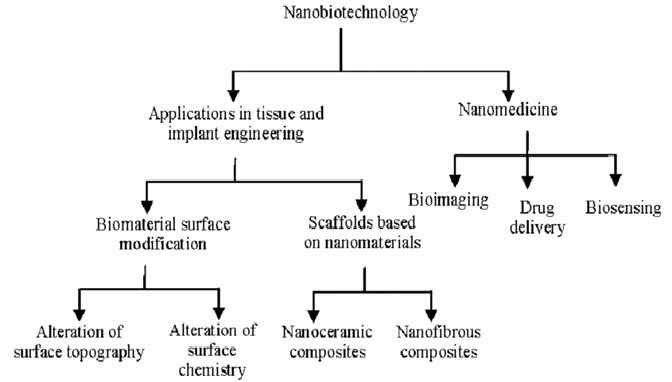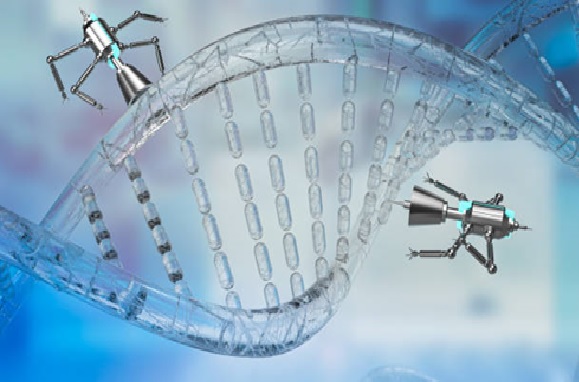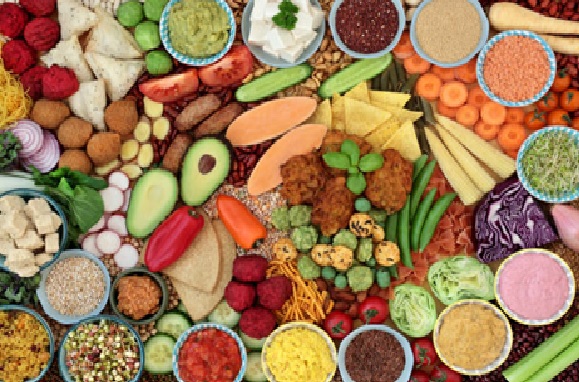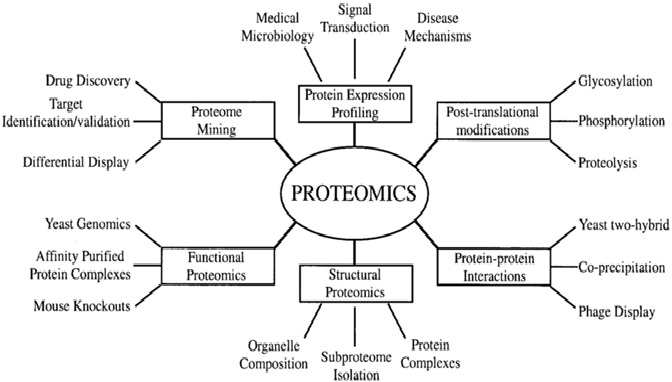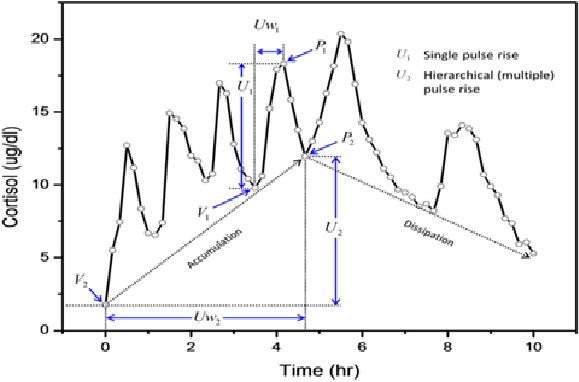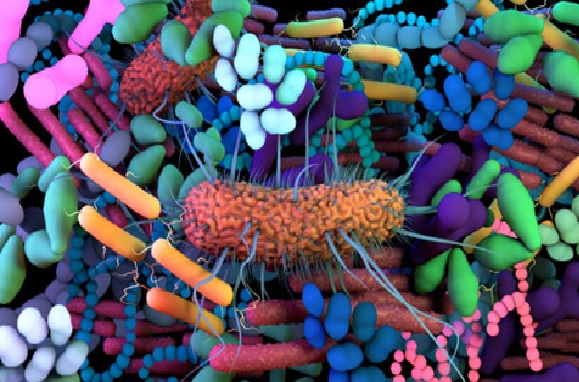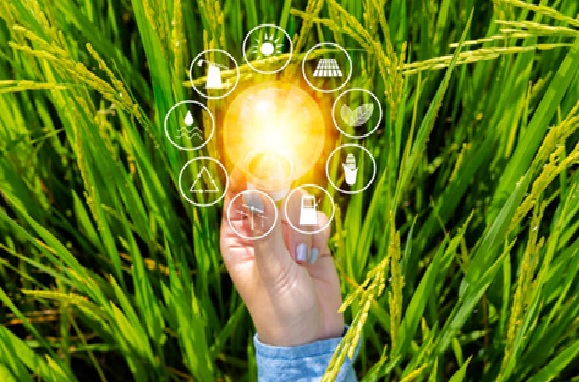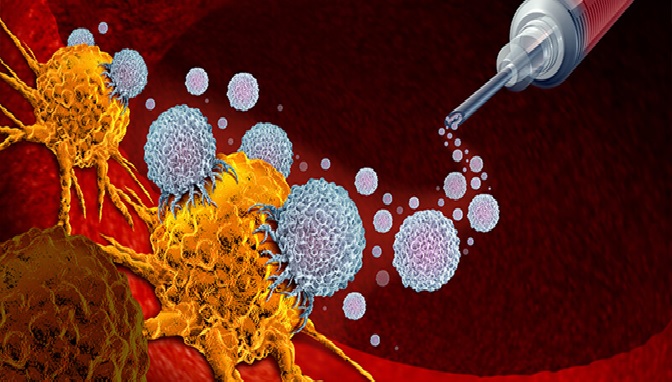Bioinformatics
Bioinformatics is the application of computer science, mathematics, and statistics to biological data, particularly data related to DNA, RNA, and protein sequences. Bioinformatics is used to analyze, store, and interpret large amounts of biological data, and to develop algorithms and tools for understanding biological processes.
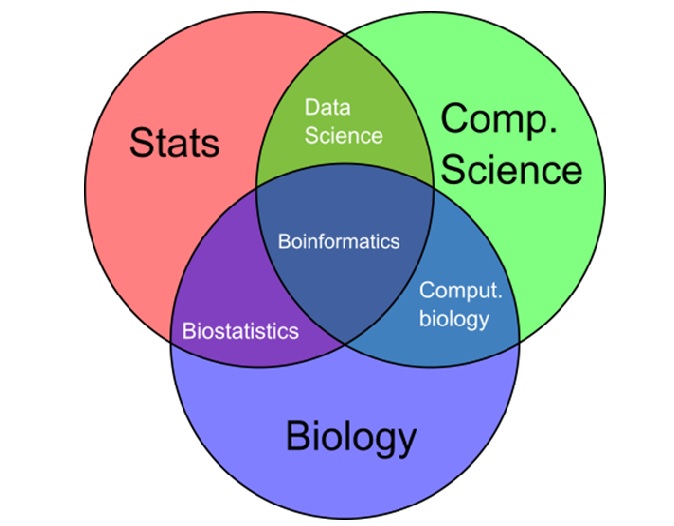
Figure 1. Bioinformatics [1]
Figure 1 shows venn diagram of bioinformatics. The primary goal of bioinformatics is to increase our understanding of biological processes. What sets it apart from other approaches, however, is its focus on developing and applying computationally intensive techniques (e.g., data mining, and machine learning algorithms) to achieve this goal. Major research efforts in the field include sequence alignment, gene finding, genome assembly, protein structure alignment, protein structure prediction, prediction of gene expression and protein-protein interactions, and the modeling of evolution.
Some topics related to bioinformatics include:
- Sequence analysis: This involves analyzing DNA, RNA, or protein sequences to identify patterns or motifs, and to compare sequences from different organisms.
- Genomics: This involves studying the structure, function, and evolution of genomes, particularly large-scale sequencing and analysis of genomes.
- Transcriptomics: This involves studying the expression of genes at the mRNA level, particularly through the use of microarrays and RNA sequencing.
- Proteomics: This involves studying the structure, function, and interaction of proteins, particularly through the use of mass spectrometry and other techniques.
- Metabolomics: This involves studying the small molecule metabolites in cells or tissues, particularly through the use of mass spectrometry and other techniques.
- Systems biology: This involves modeling and analyzing complex biological systems, particularly through the use of computational tools and simulation.
- Data management: This involves developing databases and tools for storing and accessing biological data, particularly genomic data.
- Data visualization: This involves developing tools for visualizing biological data, particularly genomic data, in a way that is easy to understand and interpret.
- Machine learning and artificial intelligence: These are techniques used in bioinformatics to develop algorithms and models for analyzing and interpreting biological data.
- Drug discovery: Bioinformatics is increasingly being used in the discovery and development of new drugs, particularly through the identification of potential drug targets and the analysis of drug interactions.
References:
- https://libguides.urmc.rochester.edu/bioinformatics/basics
Cite this article:
Hana M (2023), Bioinformatics, AnaTechMaz, pp.121


